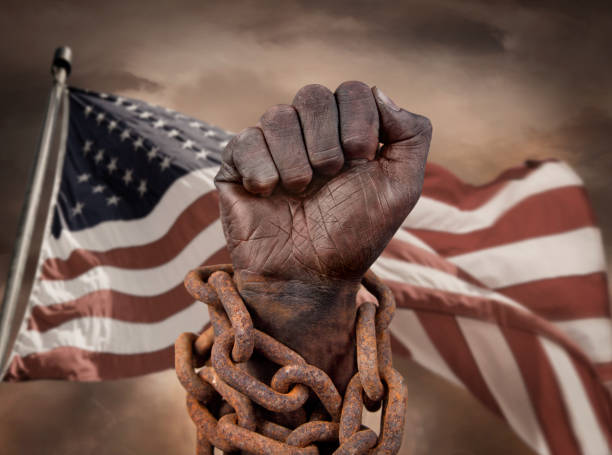A Review Of The African-American Experience

European mariners brought black Africans to America in the middle of the 1500s as slaves. This forced migration was a first in American history. The slave trade, however, was not exclusive to Europe or Africa. The 8th century was the time when Moorish traders traded human beings for goods across the Mediterranean. A lot of West Africans also had slaves. West African slaves were usually prisoners of war, criminals or even the lowest-ranking people in caste systems.
The capture and sale of Africans to the American slave markets were barbaric and often lethal. Two of the five West African captives were killed in the process of transferring them to the Atlantic coasts, from where they were sold to European slave traders. While aboard slave ships, they were chained below decks with coffin-shaped racks. A third of them died at sea.
They were frequently sold to American owners who wanted to employ them as plantation workers. Slave owners could punish slaves harshly. They could also break up families by selling family members off.
Slaves were able to build an identity that was strong despite the hardships. On plantations, everyone took care of the children. The slave owners were usually married and maintained close family ties, even though they were separated. When they were introduced to Christianity, they developed their own customs of worship. You may get more details about travel by browsing black businesses website.
Spirituals, which was the music used in worship, expressed both slave endurance and religious belief. Slaves often changed the lyrics of spirituals to carry the message of freedom, or to celebrate resistance.
African culture had a huge influence on American music, theater and dance throughout the course of time. African music and rhythms were incorporated into Christian hymns as well as European marches. The banjo evolved from the African stringed instrument. Blues is nothing more than an amalgamation of African and European musical scales. Vaudeville was partially an extension of dance-song forms that were first performed by black street performers.
Abolition of Civil War
Certain blacks received their freedom during the 17th and 18th century They also gained property and access to American society. A lot of them moved to the North, where slavery, although still legal, was not as much of a presence. Both free and slave African Americans made important contributions to the North's economy and infrastructure by working on roads, canals and the construction of cities.
Frederick Douglass understood that slavery wasn't the sole burden of the South. The South's slave-based agriculture was the foundation of the North's industrial economy. Douglass demanded his Northern audience to join the cause against Southern slavery. Douglass asked "Are the ideals of natural justice and political liberty that are embodied in the Declaration of Independence extended to us?" "What is the Fourth of July to the American slave?"
As the Civil War began, many Northern blacks joined the fight for the Union. Many people were shocked by how fiercely black troops were fighting. However, black soldiers were fighting for much more than just restoring the Union. They were fighting for the freedom of their people.
Reconstruction and response
With the defeat of the Confederacy, Northern troops remained in the South to
protect the slaves' who had just won freedom. Blacks established their own
schools and churches purchased land, and then they voted themselves into the
offices. By 1870 African Americans had sent 22 representatives to
Congress.
The Great Migration North
Many African-Americans moved to the north during the 1890s. A lot of factories were built during the war of 1914. The 1920s saw the introduction of new laws that dramatically reduced European immigration. The decrease in immigration caused an increase in demands for laborers in Northern cities. Despite being still subject to segregation the southern blacks began to migrate to the north in greater numbers. Unskilled jobs were available for young black men in steel mills and meat packing plants. They also worked at auto assembly lines in Chicago and Omaha.
Black workers have undoubtedly transformed their lives in Northern cities. Many people from the rural South were hoping for gas and indoor plumbing. Also, discrimination awaited them.
However, black urban culture thrived. From New Orleans, musicians like Louis Armstrong, Jellyroll Morton, King Oliver and King Oliver introduced their music to north. Jazz pioneers like these created their mark in Chicago's upscale urban environment by utilizing new recording technology and improved musical instruments that became famous during the Roaring 20s.

